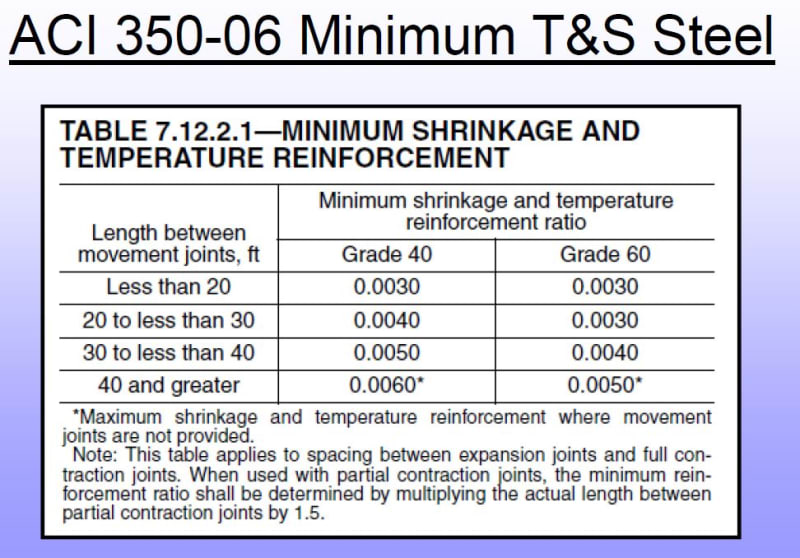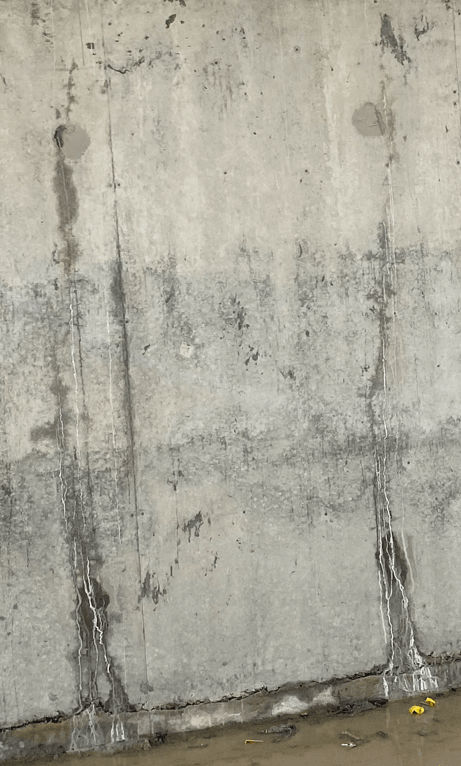MrJB
Structural
- Oct 7, 2021
- 15
All, We have been asked to provide a forensic report on a brand new 30m diameter x 3 metre high circular water retaining structure that is leaking. Cracks have formed every 1-1.5 metres around the entire circumference and they have not self sealed after a week. The curved walls were poured in 2 halves and each one is about 100 metres long. There are 2 movement joints in the entire structure. The horizontal crack control reinforcement ratio is about 0.8%. Am not considering hoop stresses as there are the movement joints and a discontinuity of horizontal reinforcement. I have done some very basic calculations that show the stresses in the reo are about 25% higher than allowed in the standard yet my gut feel says it should be more than that.
Does anyone have any advice on calculating the exact amount of shrinkage reinforcement that should have been called up for this type of structure or any general comments?
Thanks in advance.
Does anyone have any advice on calculating the exact amount of shrinkage reinforcement that should have been called up for this type of structure or any general comments?
Thanks in advance.


